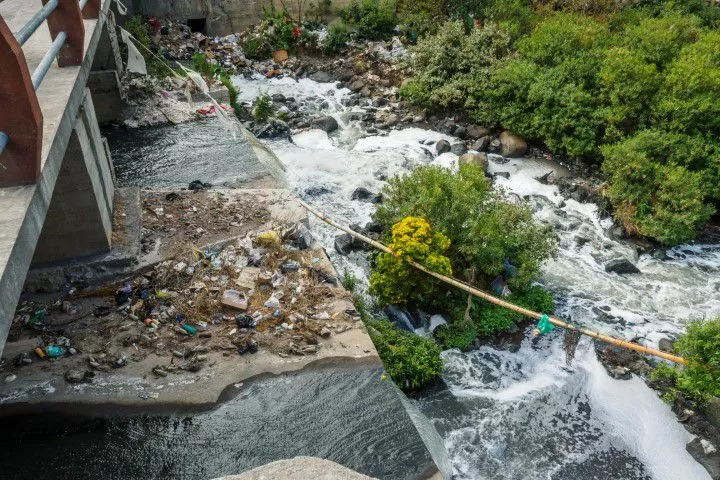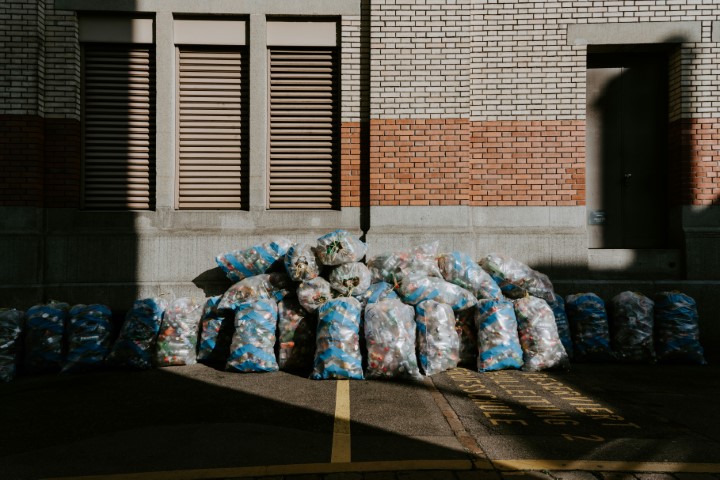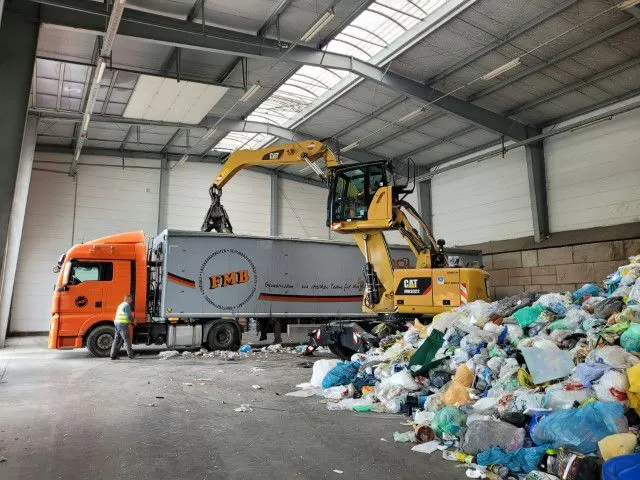
Imagine you’re out for a morning jog, enjoying the fresh air and the vibrant Aussie landscape. The kookaburras are laughing, the sun is shining, and everything seems perfect – until you round the corner and are met with a pile of old mattresses, broken furniture, and rusted appliances dumped right in the middle of your favourite nature reserve. Talk about a buzzkill! This eyesore isn’t just ruining your picturesque jog; it’s also causing serious harm to our environment, wildlife, and even our health.
Illegal dumping might seem like a problem that only affects a small corner of your local community, but the reality is far more insidious. It’s not just an issue of unsightly garbage; illegal dumping has widespread repercussions that can negatively impact the health, safety, and economic vitality of our communities across Australia. So, what exactly are the hidden dangers of illegal dumping, and how does it affect us all?
Environmental Disaster in the Making
First things first—illegal dumping is an environmental nightmare. When waste is dumped illegally, it often ends up where it shouldn’t be: in rivers, forests, parks, and bushlands. This not only disrupts the natural beauty of these areas but also poses a severe threat to the local ecosystems.
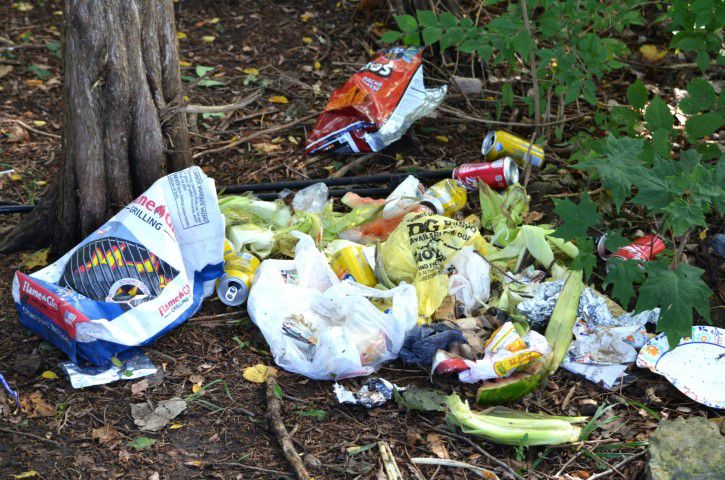
Hazardous materials like asbestos, chemicals, and batteries can leak toxins into the soil and water, contaminating everything they touch. This contamination can kill plants, harm wildlife, and even make its way into our drinking water. Australia is home to some of the most unique flora and fauna in the world, and illegal dumping is putting these precious ecosystems at risk.
Take the Great Barrier Reef, for instance. It’s one of the most iconic natural wonders on the planet, and yet it’s not immune to the dangers of illegal dumping. Marine debris, much of it dumped illegally, can cause significant harm to coral reefs and marine life. Turtles, for example, often mistake plastic bags for jellyfish, a staple of their diet, leading to fatal consequences.
A Breeding Ground for Pests and Diseases
Illegal dumpsites aren’t just an eyesore; they’re also a magnet for pests. Rats, snakes, mosquitoes—you name it, they love a good pile of garbage. These critters don’t just bring a sense of unease; they also carry diseases that can be transmitted to humans and pets. Leptospirosis, salmonella, and even dengue fever are just a few of the diseases that can spread from illegal dumping sites.
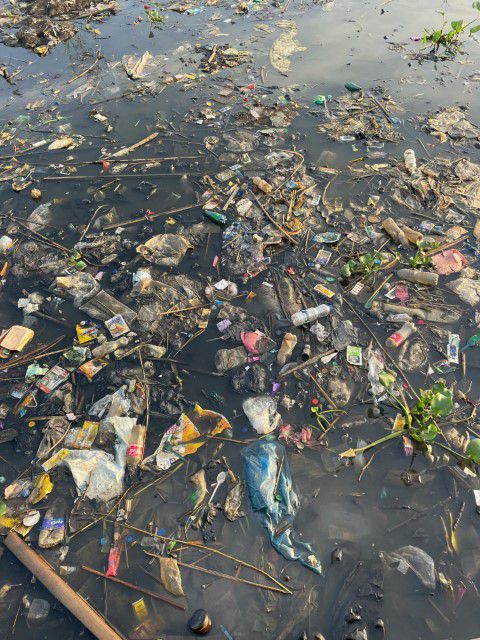
In urban areas, the problem is even more pronounced. When waste is dumped in or near residential areas, it can quickly become a health hazard. Stagnant water in old tyres or containers can become breeding grounds for mosquitoes, which can lead to outbreaks of mosquito-borne diseases like Ross River fever. Not exactly the kind of neighbourly welcome anyone’s looking for!
Fire Hazards: An Unexpected Danger
One of the less obvious but equally dangerous consequences of illegal dumping is the increased risk of fires. Piles of rubbish, particularly those containing flammable materials like paper, wood, or chemicals, can easily ignite under the hot Australian sun. In the dry, arid climates that are common across much of the country, it doesn’t take much for a small fire to quickly become a raging bushfire.
Bushfires are a serious threat to communities, destroying homes, wildlife habitats, and even lives. They also put an enormous strain on emergency services, who must then divert resources to contain fires that might have been entirely preventable had the waste been disposed of properly.
Economic Impact: More Than Just Cleanup Costs
Let’s talk dollars and cents for a moment. Cleaning up illegal dumpsites is an expensive task, and guess who’s footing the bill? That’s right—taxpayers. Every year, local councils across Australia spend millions of dollars on removing illegally dumped waste. This is money that could have been better spent on community services, infrastructure projects, or environmental conservation efforts.
But the economic impact doesn’t stop at cleanup costs. Illegal dumping can also lower property values in affected areas. No one wants to buy a home near a dumpsite, and if a neighbourhood gains a reputation for being a dumping ground, it can deter potential buyers and investors, leading to a decrease in property prices.
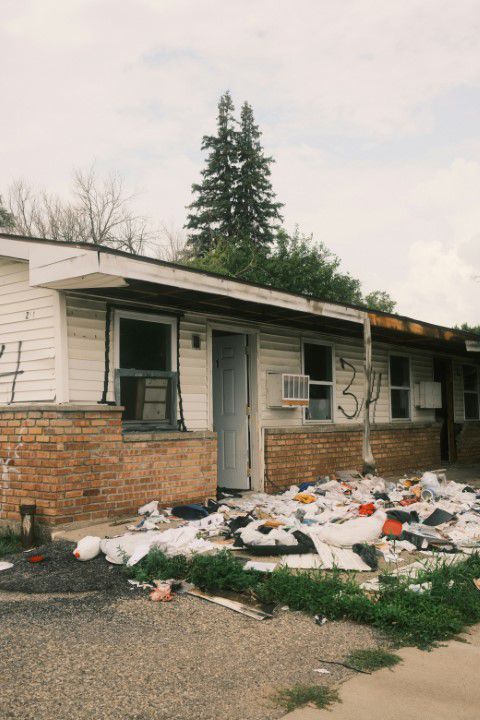
Furthermore, illegal dumping can hurt local businesses, especially those in the tourism sector. Imagine a tourist visiting a scenic lookout, only to find it littered with garbage. Chances are, they won’t be recommending that spot to their friends back home. And with tourism being such a vital part of the Australian economy, this kind of negative impact can have far-reaching consequences.
Social Consequences: A Community Divided
Illegal dumping doesn’t just affect the environment and economy; it also has a significant social impact. It can lead to a sense of neglect and abandonment in affected communities, fostering an “out of sight, out of mind” mentality. When people see that their local area is being treated like a dumping ground, it can lead to a decrease in community pride and engagement.
Moreover, illegal dumping can exacerbate social inequalities. Low-income areas are often disproportionately affected by illegal dumping, as they may lack the resources to effectively combat the problem. This can create a vicious cycle where illegal dumping leads to further decline, making it even harder for these communities to attract investment and improve their living conditions.
The Role of Awareness and Prevention
So, what can be done to combat the hidden dangers of illegal dumping? Awareness and prevention are key. Local governments and community organizations across Australia are working hard to raise awareness about the impact of illegal dumping and the importance of proper waste disposal.
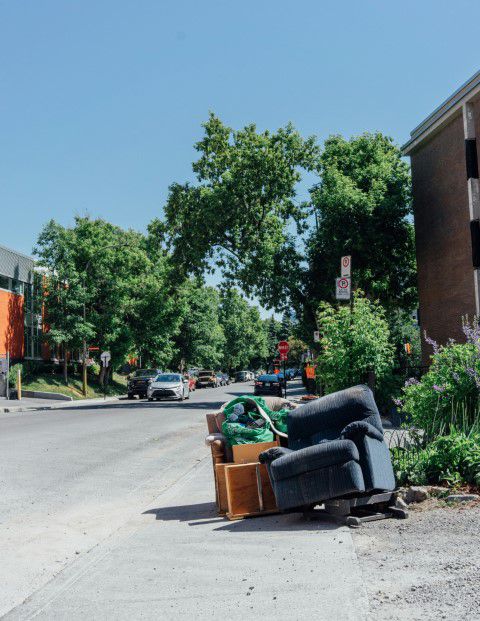
Education programs, stricter enforcement of dumping laws, and providing easy access to legal disposal options are all part of the solution. Community clean-up events and initiatives like “dob in a dumper” hotlines also play a vital role in keeping our neighbourhoods clean and safe.
As individuals, we can all do our part by disposing of our waste responsibly, reporting illegal dumping when we see it, and participating in community efforts to clean up our local areas. After all, protecting the environment and ensuring the well-being of our communities is a shared responsibility.
Conclusion: Let’s Keep Australia Beautiful
Illegal dumping is more than just a local nuisance; it’s a serious issue with far-reaching consequences for our environment, health, economy, and social fabric. By taking action to prevent and address illegal dumping, we can help protect Australia’s unique landscapes, support healthy communities, and maintain the high quality of life we all enjoy.
Next time you’re out enjoying the great outdoors or strolling through your neighbourhood, take a moment to appreciate the clean, green spaces around you—and remember that we all have a role to play in keeping them that way. Let’s work together to stop illegal dumping and keep Australia beautiful for generations to come.
Sources:
- NSW Environment Protection Authority. (2023). Illegal Dumping: Overview. Retrieved from https://www.epa.nsw.gov.au
- Australian Government Department of Climate Change, Energy, the Environment and Water. (2022). Illegal Dumping. Retrieved from https://www.dcceew.gov.au
- Queensland Government. (2023). Illegal Dumping and Littering. Retrieved from https://www.qld.gov.au
- Keep Australia Beautiful. (2023). The Impact of Illegal Dumping. Retrieved from https://www.kab.org.au

Matt Flare was born and raised in the Northern Sydney beachside suburbs and is fascinated by how our society handle the millions upon millions of tonnes of waste we produce every day.
How to Reduce Your Household Waste: Tips Before You Head to the Tip
Picture this: it’s the year 2050, and Australia has officially…
The Future of Waste Management in Australia: Are We Ready for Zero Waste?
Picture this: it’s the year 2050, and Australia has officially…
Australia’s Most Innovative Landfill Projects
When you think of a rubbish tip, what comes to…
Illegal Dumping: How It’s Affecting Our Aussie Communities
Imagine you’re out for a morning jog, enjoying the fresh…
How Some Aussie Landfills Are Being Transformed Into Community Parks
Landfills aren’t exactly known for their beauty. They’re where we…
$100 Million Worth Of Art Dumped At A Tip
Imagine this: a hidden fortune worth $100 million, buried beneath…

